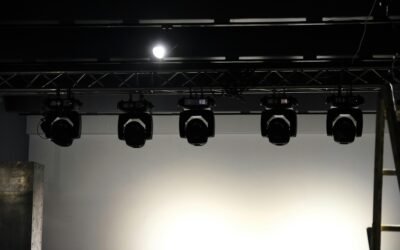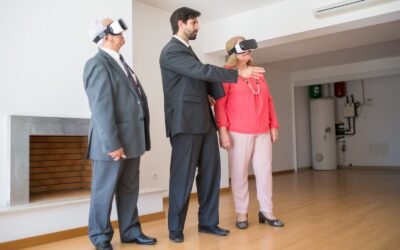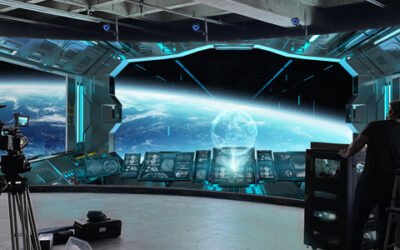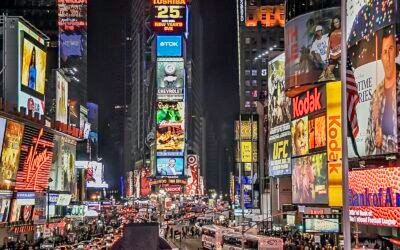Dome Theater: Transforming Movie-watching into Spectacular Immersion
Imagine being surrounded by a mesmerizing visual landscape that spans across your entire field of vision, transporting you to another world. This is the magic of dome theater systems, a revolutionary technology that offers a truly immersive cinematic experience. In this article, we delve into the captivating world of dome theaters, exploring their unique features and the business opportunities they present.
Unveiling the Dome Theater Experience
Dome theaters provide a breathtaking visual experience by employing a curved screen that envelops the audience, creating a sense of total immersion. Unlike traditional flat screens, dome theaters wrap around the viewers, delivering an expansive and panoramic view. This immersive format enhances the perception of depth and realism, drawing audiences into the heart of the action. With advanced projection systems and cutting-edge audio technology, dome theaters offer a multisensory journey that captivates and engages moviegoers like never before.
Here’s a more detailed explanation of how dome theaters work:
- Dome Structure
The key element of a dome theater is the curved screen, which is typically made of a perforated material to allow sound to pass through. The screen is designed to wrap around the audience, creating a seamless, panoramic view that covers a large field of vision. The curvature of the screen helps create the illusion of depth and immersion. - Projection System
Dome theaters use specialized projection systems to display content on the curved screen. These projectors are designed to compensate for the distortion caused by the curved surface, ensuring that the visuals appear undistorted when viewed from any seat in the theater. Multiple projectors may be used to cover the entire dome surface, providing a uniform and high-resolution image. - Fish-eye Lens
To project content onto the curved screen without distortion, a fish-eye lens is often used in conjunction with the projectors. The fish-eye lens captures a wide-angle view of the content, which is then corrected and mapped onto the curved screen using specialized software. This correction process ensures that the visuals appear seamless and natural when viewed from within the dome. - Audio System
Dome theaters feature advanced audio systems to complement the immersive visuals. Surround sound speakers are strategically placed throughout the theater to create an enveloping audio experience. The audio system is designed to synchronize with the visuals, enhancing the sense of immersion and creating a truly multisensory experience. - Content Creation and Adaptation
Creating content for dome theaters involves specific considerations. The visuals must be designed to maximize the immersive effect of the curved screen. This may involve utilizing wide-angle shots, special effects, and carefully choreographed camera movements to take advantage of the unique viewing environment. Existing movies can also be adapted or remastered to suit the dome theater format, ensuring a seamless and captivating experience for viewers. - Audience Seating
Dome theaters often feature tiered seating arrangements to ensure unobstructed views for all audience members. The seating is typically positioned to provide an optimal viewing angle and to maintain a comfortable distance from the curved screen. Some dome theaters even offer reclining seats or motion platforms that synchronize with the on-screen action, further enhancing the immersive experience.
The Business Potential of Dome Theaters
Dome theaters have gained popularity worldwide due to their ability to deliver unparalleled visual experiences. The following are key factors that contribute to the business potential of this innovative technology:
- Unique Selling Proposition: Dome theaters offer a distinctive and memorable experience, setting themselves apart from conventional cinema formats. By immersing viewers in a panoramic visual spectacle, they attract a diverse range of customers, including movie enthusiasts, families, tourists, and educational institutions seeking immersive learning experiences.
- Increased Ticket Sales and Premium Pricing: The immersive nature of dome theaters drives higher ticket sales and allows business owners to charge a premium for this exclusive cinematic experience. Audiences are willing to pay more for the unparalleled immersion and visual grandeur offered by dome theaters.
- Collaborations and Partnerships: Dome theaters provide opportunities for collaborations with filmmakers, production studios, and content creators. Exclusive screenings, premieres, and curated events can attract movie buffs and enthusiasts, creating a buzz around the theater and boosting its reputation.
- Diversification of Revenue Streams: In addition to ticket sales, dome theaters can generate revenue through concessions, merchandise sales, and hosting private events. Furthermore, partnerships with planetariums, museums, and educational institutions can lead to additional revenue streams through educational programs, documentaries, and scientific presentations.







